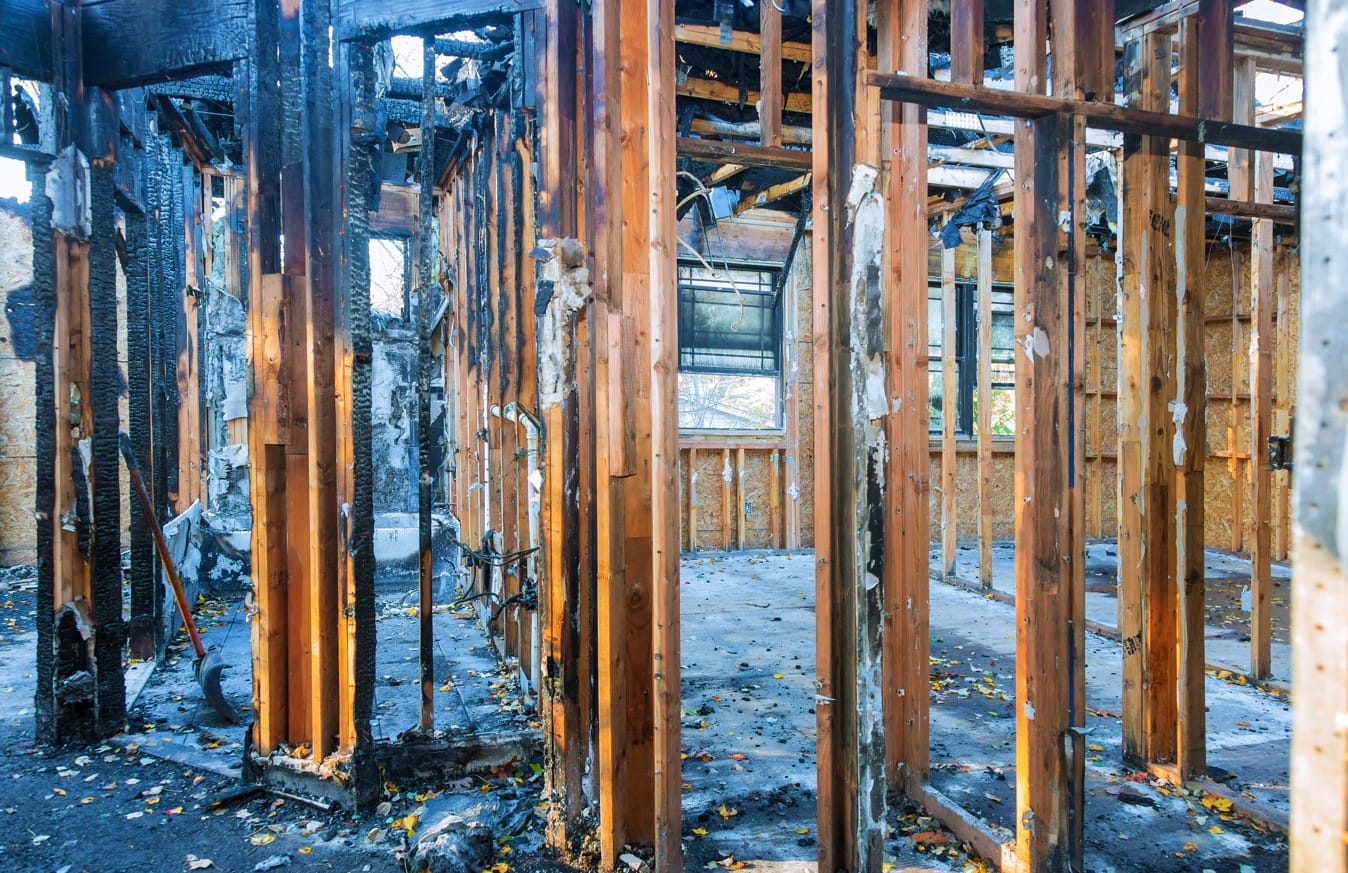
Experiencing fire damage in residential or commercial properties can be devastating, leaving property owners with feelings of uncertainty and loss. However, fire damage reconstruction and remodeling offer an opportunity to rebuild and transform a damaged property into a safer and more appealing space. As experts in exquisite remodeling and general contracting services in Virginia, Maryland, and Washington, DC, we strive to provide valuable insights and guidance to property owners who face the task of fire damage reconstruction and remodeling in 2024.
In this article, we will discuss critical aspects of fire damage reconstruction and remodeling, focusing on key strategies to restore your property while enhancing its safety and functionality. We will explore the selection of fire-resistant materials, the integration of effective fire alarm systems, the development of comprehensive fire escape plans, and the installation of extinguishing equipment. These practices lay the foundation for a secure and beautiful property designed to withstand the challenges of fire emergencies.
Our expertise in residential and commercial general contracting and remodeling, combined with a deep understanding of fire safety and prevention, empowers us to support property owners as they rebuild and create stunning spaces for families, employees, and customers alike. In partnership, we can tackle the complex process of fire damage reconstruction and remodeling, delivering safe, resilient, and exquisite properties in Virginia, Maryland, and Washington, DC.
Selecting Fire-Resistant Materials: A Crucial Element in Fire Damage Reconstruction
The powerful impact of fire damage necessitates the use of fire-resistant materials in reconstruction and remodeling efforts. These materials mitigate fire damage and significantly slow down the spread of flames, providing valuable time for occupants to escape. Consider these fire-resistant materials while reconstructing and remodeling your property:
- Gypsum board: Commonly known as drywall, gypsum board is a fire-resistant and cost-effective option for interior walls and ceilings.
- Concrete: With its low combustibility and excellent heat absorption capabilities, concrete is an ideal choice for exterior walls, floors, and foundations.
- Steel: Steel boasts excellent fire-resistant properties and is a prime choice for structural components, such as beams, columns, and framing.
- Fire-retardant treated wood (FRTW): Although wood is generally combustible, FRTW is specially treated to resist fire and minimize damage.
Incorporating fire-resistant materials in reconstruction and remodeling efforts can considerably reduce the risk of extensive damage in the event of future fires.
Installing Effective Fire Alarm Systems: A Pillar of Fire Safety
Installing reliable and comprehensive fire alarm systems is crucial in fire damage reconstruction and remodeling. Studies indicate that properly functioning fire alarms can significantly reduce the extent of damage and fatalities in fire incidents. Consider the following aspects while integrating fire alarms into your property:
- Smoke and heat detectors: Install a combination of both smoke and heat detectors, as they sense different components of a fire and provide early warning signs.
- System coverage: Ensure complete coverage of your property by placing detectors in strategic locations, such as bedrooms, hallways, living spaces, and utility areas.
- Regular inspection and maintenance: Periodically check your fire alarms to confirm they are operational and replace batteries as needed.
- Interconnected alarm systems: For larger properties, interconnected fire alarm systems provide more comprehensive coverage, alerting occupants throughout the building when a detector is triggered.
An effective and well-maintained fire alarm system saves lives and acts as an early warning signal to mitigate potential fire damage to your property.
Developing Comprehensive Fire Escape Plans: Ensuring Occupant Safety
The safety and well-being of a property’s occupants are paramount in fire damage reconstruction and remodeling efforts. Developing comprehensive fire escape plans significantly ensures occupant safety, as they provide clear instructions and escape routes during emergencies. Follow these guidelines while creating a fire escape plan for your property:
- Identify multiple escape routes: Determine at least two escape routes from every room, minimizing the impact of blocked exits during a fire emergency.
- Clear escape routes: Keep escape paths clutter-free and accessible at all times, ensuring swift evacuation.
- Install emergency lighting: Use appropriate emergency lighting and illuminated exit signs to guide occupants through escape routes, particularly during power outages.
- Practice escape drills: Regularly conduct fire drills so that occupants are familiar with the escape plan and can act quickly during a fire emergency.
A well-designed fire escape plan can save lives by providing clear, concise routes to safety in the event of a fire incident.
Installing Fire Extinguishing Equipment: A Vital Component of Fire Preparedness
In addition to fire-resistant materials, alarm systems, and escape plans, an essential part of fire damage reconstruction and remodeling is the installation of suitable fire extinguishing equipment. The following equipment can play a critical role in suppressing fires and minimizing damage:
- Fire extinguishers: Strategically place fire extinguishers throughout your property, ensuring they are within easy reach and clearly marked.
- Automatic sprinkler systems: Consider installing automatic sprinkler systems in your property, as they can suppress flames and limit damage during a fire emergency.
- Fire blankets: Store fire blankets near potential fire hazards, such as kitchens or laboratories, as they can effectively smother small fires.
- Fire hose reels and cabinets: For larger commercial properties, installing hose reels and cabinets can offer an additional layer of fire protection.
By integrating fire extinguishing equipment into your property, you can actively suppress fires and protect your property and its occupants from further damage.
Conclusion
Fire damage reconstruction and remodeling necessitate a comprehensive approach encompassing fire-resistant materials, reliable fire alarm systems, clear fire escape plans, and effective extinguishing equipment. By incorporating these vital elements into your property, you can provide a safe, functional, and appealing environment for families, employees, and customers in Virginia, Maryland, and Washington, DC. Partner with TSP Contracting to embark on the journey of transforming your fire-damaged property into a resilient, secure, and beautiful space for years to come.